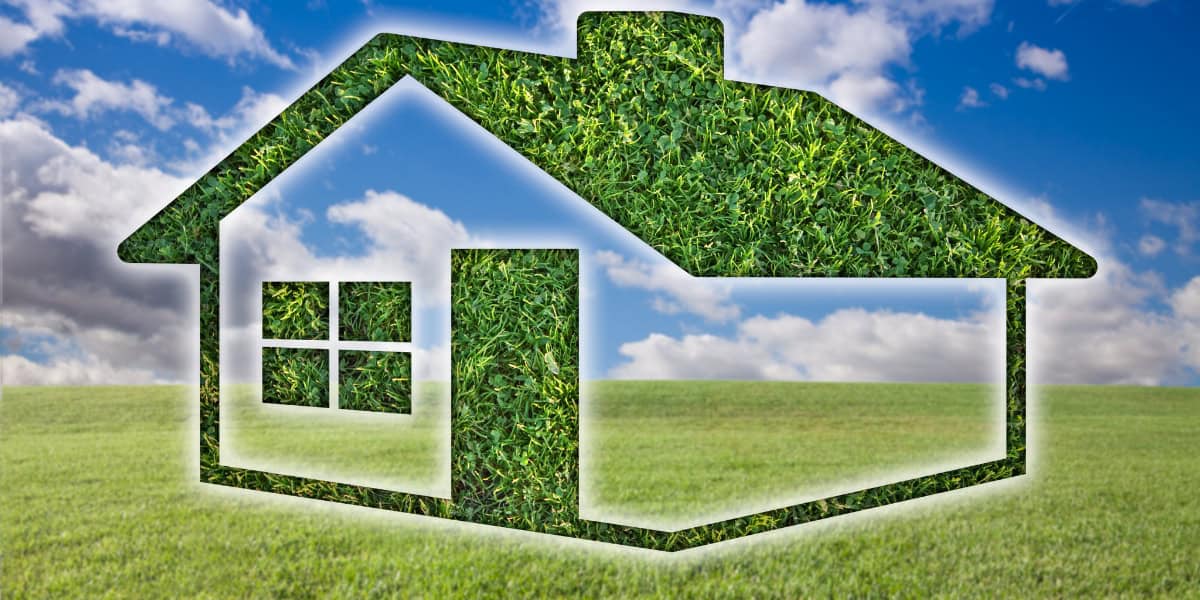In a world where we live and breathe the environment, it’s vital that we do our part to reduce our carbon footprint and create a sustainable home for our family’s future.
Think of your home as a small ecosystem, working in harmony with nature, and your decisions as a homeowner as the driving force behind that harmony.
By incorporating eco-friendly practices into our daily lives, we can transform our homes into green and thriving spaces. In this guide, we’ll explore ten essential sections to help you create the ultimate sustainable home.
1. Embracing Energy Efficiency
Imagine your home as a well-oiled machine, running on the fuel of electricity and gas. To reduce our environmental impact, we need to ensure this machine runs as efficiently as possible. Install energy-efficient appliances, switch to LED lighting, and consider installing solar panels to harness the sun’s power to generate electricity.
2. Conserving Water
Water is the lifeblood of our planet, and by conserving it, we’re preserving this precious resource for future generations. Invest in low-flow faucets, showerheads, and toilets, and consider installing a rainwater harvesting system to collect and reuse water for gardening and household chores.
3. Insulation: Your Home’s Protective Barrier
Think of insulation as the warm embrace of Mother Earth, wrapping your home in a protective layer that keeps it cozy and energy-efficient. Proper insulation reduces energy consumption by keeping your home warm in the winter and cool in the summer. Opt for eco-friendly insulation materials such as cellulose or sheep’s wool.
4. Sustainable Building Materials: The Building Blocks of a Green Home
A sustainable home is built from the ground up, metaphorically speaking, with eco-friendly building materials. Choose sustainable options like reclaimed wood, bamboo, and recycled steel to reduce the environmental impact of your home’s construction.
5. Landscaping with Nature in Mind
Your home’s outdoor space should be a thriving ecosystem, teeming with plants, birds, and pollinators. Use native plants and vegetation that require minimal water and maintenance, and avoid chemical pesticides and fertilizers.
6. Waste Reduction: A Never-Ending Cycle
The road to a sustainable home is paved with a steadfast commitment to reducing waste. Embrace the 3 R’s – Reduce, Reuse, and Recycle – by composting, repurposing items, and recycling materials whenever possible.
7. Smart Home Technology: The Future of Green Living
Picture your home as a sentient being, adapting and responding to your energy consumption habits. Smart home technology, like programmable thermostats and energy-efficient lighting, can help you conserve energy and reduce your environmental impact.
8. Clean, Green Cleaning
The cleanliness of your home shouldn’t come at the expense of the environment. Swap out harsh chemical cleaners for eco-friendly alternatives made from natural ingredients, and consider using reusable cleaning supplies like washable mop pads and dusters.
9. Sustainable Transportation: Moving Forward, Responsibly
Our homes are the hubs from which we launch our daily commutes, and the choices we make in transportation can greatly impact our carbon footprint. Opt for fuel-efficient vehicles, carpooling, and public transportation, or embrace biking and walking for shorter trips.
10. Educating and Inspiring Future Generations
The cornerstone of a sustainable home is a family that’s committed to green living. Teach your children about environmental responsibility and lead by example, setting the stage for a greener future.
Conclusion
Creating a sustainable home is an ongoing journey, and every small step we take in the right direction brings us closer to a greener, more eco-friendly future. With this guide as your compass, you can navigate the path to green living and transform your home into a thriving, sustainable haven.




